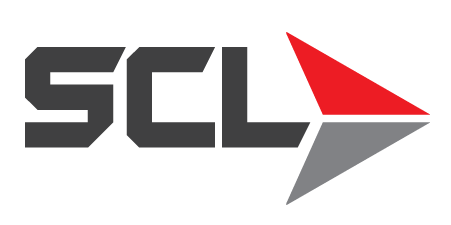Understanding the Costs of Above & Below Ground Tank Storage

Tank Storage
Installing New Above or Below Ground Tanks
What You Need to Know In Terms of Cost and Compliance
As a solutions and logistics provider for a wide spectrum of industries, we often encounter customers who are interested in installing both above and below ground tanks to fulfill their tank storage for lubricant and fuel inventory needs. When a customer comes to us wanting to open a new business or upgrade their existing tank infrastructure, we are here to provide them with the necessary information, resources and support to move forward with their plans. Says Travis Becktel, SCL General Manager, “Oftentimes a customer or prospective customer will come to us with a great new business idea which I like to call their ‘candle vision,’ a bright and glowing manifestation of their personal expectation for a project. They’re excited to build and design their own Taj Majal version of this business endeavor but often overlook the complexities and upfront costs associated with their ideas. It’s a delicate balance and I don’t want to be the one extinguishing their glow, but sometimes we need to provide that tough-love feedback our customers need to hear.” Says Becktel “We embrace the crawl-walk-run approach to expanding business endeavors because we understand the reality behind start-up costs, operational expenditures and most importantly cash flow. We ask them the tough questions – can their business afford these additional costs, inventory items and the permitting costs required by the city, county and state that go along with such an upgrade or installation?”
The Hidden Costs of Installing New Tanks
According to Victor Dominguez of Orange Coast Petroleum Equipment, “It’s important to understand the many costs associated with installing or upgrading additional tank storage and equipment at a facility. The permitting process for tank storage installations is going to vary greatly depending on county, city and specific department. For example, the county of Riverside only requires that you pull permits for waste oil tanks and not for clean oil. Each city fire department has an application process and San Diego for example has applications that accommodate 2 tanks per application at $1,500 per.” Each municipality requires different permits at different costs for building permits, SPCC plans, fire department, health department, electrical, city building fees, state water board, the California resources board – everyone at the city, state and county level is involved in the process. Says Dominguez, “It’s like a spider web effect with all entities connected. Permit fees per department vary from year to year depending on the requirements of new inspectors who amend implementation constantly. To stay up to speed on the specific codes necessary for your location and zoning, contact your local fire department. You have 30 days to get all permits in-line, and it is the responsibility of the property owner to always be on top of this information to stay compliant.”
A Breakdown on Tank Storage Installation Costs
For the purpose of this article we also caught up with Tom Perrault, Owner of Bonsall Petroleum Construction, a petroleum contractor specializing in underground tank installation, piping and the maintenance of service fuel stations. When assessing the costs associated with tank installation, they can vary based on whether the tank will be used for fuel or lubricants, clean or dirty oil and whether the tanks will be above or below ground. Says Perrault, “When you install a new tank there are multiple permitting fees involved, ranging from the planning to fire to the health department. Plans are required for all installation and it’s not as simple as merely filling out an application. Some jurisdictions require a stamped set of plans, and by the time you have them drawn up along with obtaining the necessary permits, you’re pushing $10k easy. It starts to add up, and it varies from city to city and jurisdiction to jurisdiction. In San Diego, you’re looking at roughly $2,800 for an air pollution control district permit for authority to construct, $1,500 for fire department and a $1,500-$2,000 range for health. Non-compliance for obtaining these plans and paying the necessary fees is not possible. There’s no way around it, and sometimes we will do an assessment with customers and discover that they cannot afford the upgrade.”
Keeping Up With An Ever-Changing Game
Tank installation used to be a whole lot simpler, but in 2017, things have definitely changed. At one time you would have purchased a tank, installed it and called it a day. Today, there are many entities that come into play with a tank upgrade or install and the rules and regulations are constantly changing. Says Perrault, “As long as a customer wants to upgrade their system, they can pretty much upgrade with exactly the same specs as what they currently have. It’s when they add a new unit that requires them to be in compliance with modern specs and anything associated with that install needs to be upgraded and permitted in compliance with today’s standards.”
Contact an SCL Consultant Today
In a wide range of industrial sectors, if there’s metal touching metal, oil is involved. At SCL, we’re here to protect and optimize the machines that keep our country moving and we pride ourselves on providing superior logistics and solutions, extensive product and industry knowledge and total performance satisfaction for our customers. For information on how we can assist you with your equipment and or compliance, contact an SCL consultant today.
